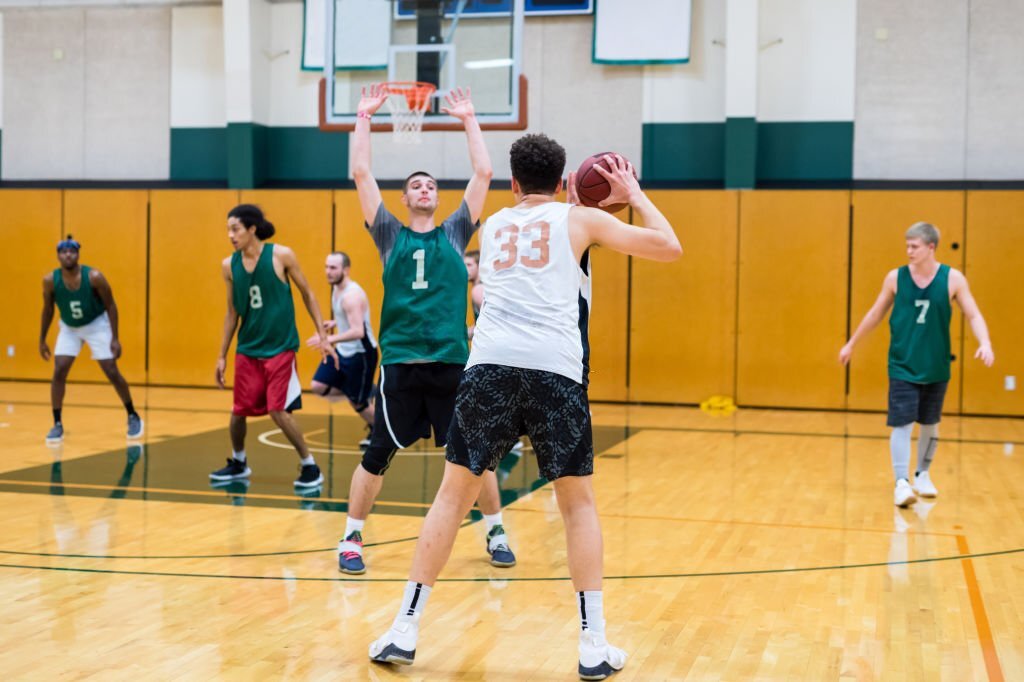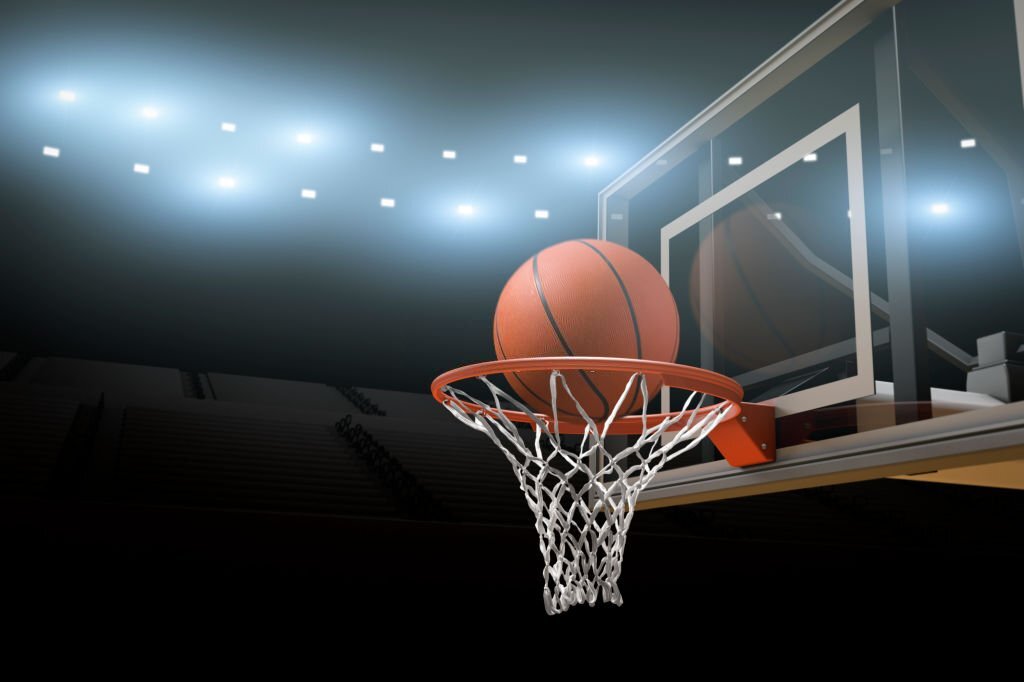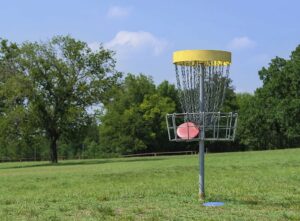Are you curious about the duration of college basketball games? In this blog post, we will dive into the average length of these exciting matchups and explore how it has evolved over time. Additionally, we will discuss the legal considerations surrounding betting on college basketball games. Join us as we unveil the mysteries behind the timing of these thrilling events
The Average Duration of College Basketball Games
The average duration of college basketball games varies depending on several factors. A typical game consists of two halves, each lasting 20 minutes, resulting in a total clock time of 40 minutes. However, due to fouls and timeouts, the actual length can be extended beyond the allotted time.
College basketball games often stretch beyond their scheduled 40 minutes due to factors like fouls and timeouts, making them more thrilling and unpredictable.
In addition to the regulation game length, other factors can influence the duration of college basketball games. These include frequent foul calls by officials and strategic timeouts called by coaches. These interruptions can add extra minutes to the overall length of a game.
Overall, while an average college basketball game is scheduled for 40 minutes, it is not uncommon for them to last longer due to various factors such as fouls and timeouts.

Regulation Game Length
NCAA regulations dictate the game duration for college basketball. With two halves lasting a total of 40 minutes on the clock, men’s college basketball games typically run for an average of 1 hour and 45 minutes to 2 hours. However, variations in game length can be observed across different levels of play due to factors such as fouls, timeouts, and overall gameplay intensity.
Factors Influencing Game Duration
The number of fouls and free throws can significantly affect the length of college basketball games. With each foul committed, the clock stops and players have the opportunity to score points from the free-throw line. Extended periods of fouling and frequent trips to the foul line can elongate game time.
Timeouts and commercial breaks also play a role in determining how long a college basketball game lasts. Coaches strategically use timeouts to discuss tactics or make substitutions, causing intermittent pauses in gameplay. Additionally, scheduled commercial breaks further extend game duration.
Team strategies can impact the pace of play, ultimately affecting game length. Some teams may choose to prioritize fast-paced offensive attacks while others focus on deliberate ball control. The chosen strategy directly influences possession times and shot-clock usage, contributing to variations in average game lengths among men’s college basketball teams.
Overtime Periods and Their Length
- When do college basketball games go into overtime?
- Length of regular season overtime periods
- Differences between regular season and postseason overtime rules
In college basketball, games can go into overtime when the scores are tied at the end of regulation time. Overtime periods are not uncommon in intense matchups where both teams fight for victory until the last second. During the regular season, each overtime period lasts for five minutes, with a clock that stops on every whistle. However, there are some differences between regular season and postseason play when it comes to how long these periods last. In postseason games, including conference championships and NCAA tournament games, each extra period is extended to 10 minutes.
Related Article: How long is a high school basketball game.
Historical Analysis: Changes in Game Length
The evolution of the shot clock has significantly impacted the length of college basketball games. With its introduction in 1985, teams were forced to take shots within a given time frame, resulting in faster-paced games and shorter overall durations. This change was aimed at increasing scoring opportunities and keeping viewers engaged.
In addition to the shot clock, historical rule changes have also played a role in shaping game length. Modifications such as reducing timeouts per team and implementing stricter foul regulations have contributed to quicker gameplay. These adjustments not only enhance the flow of the game but also ensure that matches are completed within a reasonable timeframe while maintaining fairness for both teams involved.
Overall, through strategic rule modifications like introducing the shot clock and tightening regulations on fouls, college basketball has successfully reduced game lengths over time without compromising on excitement or competitiveness.
Evolution of the Shot Clock
Introduction of the Shot Clock revolutionized college basketball, imposing a time limit on offensive possessions. This alteration injected an element of urgency into the game and increased the pace significantly. As a result, teams had to find new ways to score efficiently within the allotted time frame.
The introduction of the Shot Clock not only affected game pace but also reshaped scoring dynamics. With limited seconds to make a play, teams became more aggressive in their offensive strategies, leading to higher scores as players sought quick shots and fast breaks.
Moreover, this rule change impacted strategy and playing style by emphasizing speed and precision over deliberate tactics. Teams had to adapt by developing faster transitions, implementing intricate passing patterns, and utilizing sharpshooters who could make crucial baskets in tight windows of opportunity.
As we delve deeper into understanding how rules have evolved throughout college basketball’s history, it becomes clear that the introduction of the Shot Clock has fundamentally transformed both gameplay itself and how teams approach each possession.

Historical Rule Changes and Their Impact
The introduction of the three-point line in college basketball revolutionized the game, allowing for more strategic long-range shots and increasing scoring potential. This rule change not only added excitement to matches but also required teams to adapt their defensive strategies to counter these new offensive tactics.
Changes in foul rules have had a significant impact on college basketball games, altering gameplay dynamics and player strategies. With stricter enforcement of fouls, players must be more cautious with their actions on the court to avoid penalties that could potentially alter the course of a game.
The influence of these rule changes has also affected the duration of college basketball games. The implementation of shot clocks and modifications in foul rules have contributed to faster-paced gameplay, resulting in shorter game durations compared to earlier eras. This shift has provided fans with quicker action-packed matches while challenging players’ endurance and adaptability on the court.
Legal Considerations: Betting on College Basketball Games
NCAA Regulations and Game Duration:
The NCAA sets specific regulations governing the duration of college basketball games. Each game consists of two halves, each lasting 20 minutes, resulting in a total playing time of 40 minutes. Additionally, there are timeouts and media breaks that can extend the overall game duration.
Implications for Sports Betting:
Understanding the length of college basketball games is crucial for sports bettors. The shorter duration compared to professional basketball allows for more efficient betting strategies based on team performance within the given timeframe. Bettors should consider how teams perform under pressure during different stages of the game to make informed wagers.
NCAA Regulations and Game Duration
Official rules and regulations govern the duration of NCAA college basketball games. Each game is divided into two halves, each lasting 20 minutes, for a total playing time of 40 minutes. The scheduled game time includes additional stoppages such as timeouts and fouls, which may prolong the overall duration.
During halftime breaks in NCAA college basketball games, teams have a designated period to regroup and strategize. Halftime typically lasts for 15 minutes before players return to the court. This break allows coaches to address their team’s performance and make necessary adjustments for the second half of the game.
Now that we’ve unveiled the length of college basketball games and their halftime breaks according to NCAA regulations, let’s explore how these factors impact sports betting in our next section: “Implications for Sports Betting.”

Implications for Sports Betting
- Game Length as a Factor: The duration of college basketball games can have significant implications for sports betting. Longer games provide more opportunities for bettors to analyze and adjust their strategies, while shorter games require quicker decision-making.
- Betting on Over/Under Totals: The length of a game directly affects the over/under totals in sports betting. Bettors must consider the average scoring rate and pace of play when determining whether to bet over or under a specific total.
- Impact of Overtime on Bets: Overtime periods can greatly impact the outcome of bets, particularly when it comes to point spreads and totals. Bettors should be aware that overtime can extend the game duration and potentially influence their wagers.
Overall, understanding these implications is crucial for successful sports betting in college basketball. By considering game length as a factor, analyzing over/under totals, and accounting for potential overtime scenarios, bettors will be better equipped to make informed decisions and maximize their chances of winning.











